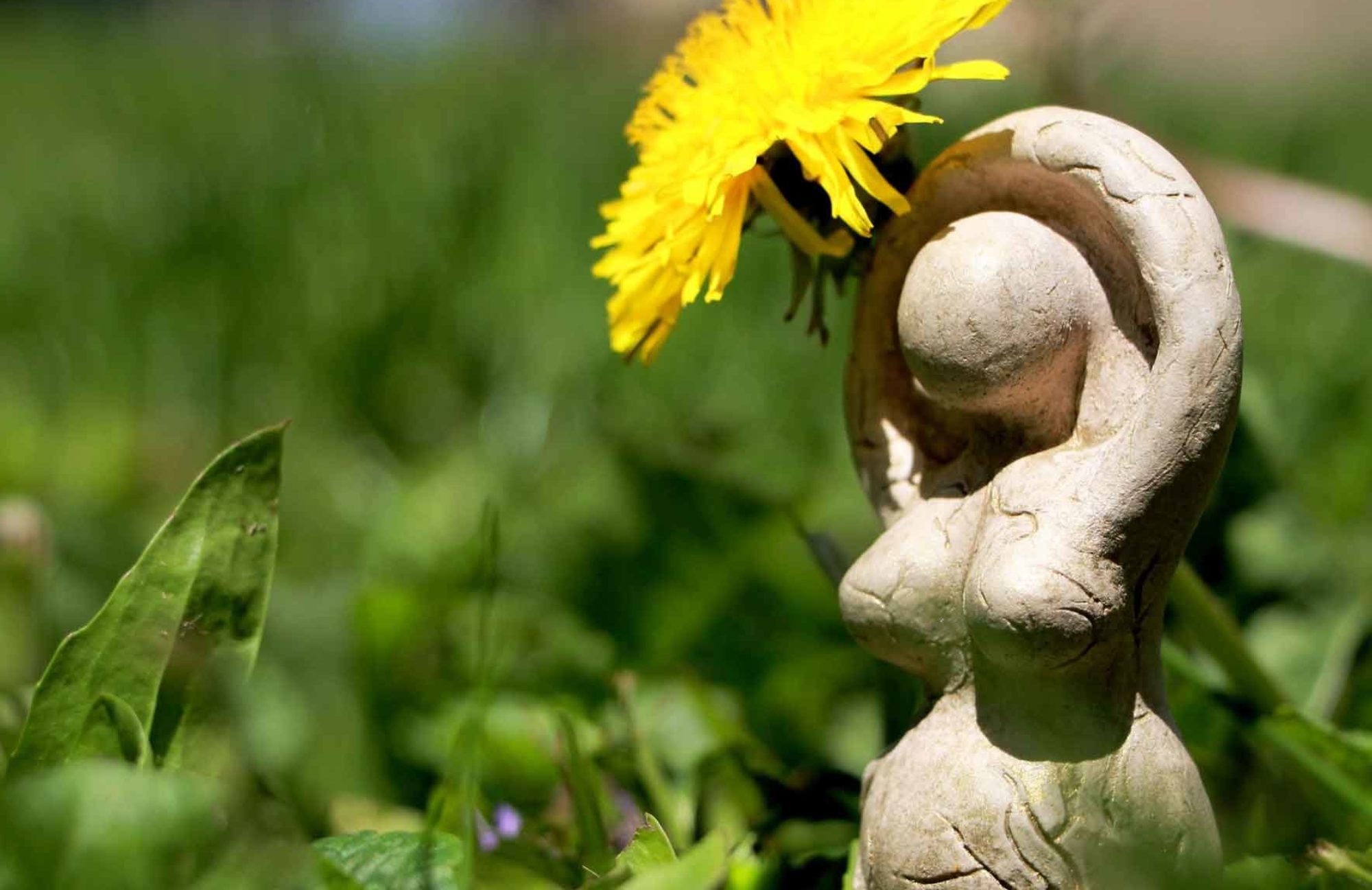Recently we invited our advisory board members to tell us what is on their minds these days, to share their current projects, milestones, and emerging collaborations. Miriam’s report is the third in this series.

I am devoting the greater part of my time to a book manuscript on the Indus/Sarasvati Valley, which I am co-authoring with Vicki Noble and Laura Amazzone. We have been working on this manuscript for several years, and we are likely into our last year of work on it. In the book, we discuss the fascinating high civilization of the Indus Valley, ca. 2600 BCE, as well as the related civilizations which precede it, and other ancient similar civilizations.
The ancient Indus civilization had plumbing, both for individual homes and for the community; beautiful jewelry and pottery; no evidence of weapons; sustainable agriculture; and no gender differentiation in their burials: equal grave goods for females and males. They employed a writing system, albeit undeciphered, which included abstract symbols, evidence of a sophisticated script. Iconography from this ancient civilization has continued into early historic India as well as modern India and Nepal.

This year, I am involved in several projects which honor the Lithuanian archaeologist Marija Gimbutas, in this year, which would have been her centennial. One of the projects is an ASWM-Institute of Archaeomythology virtual conference to be held this coming July. Marija was my mentor at UCLA. She was on my doctoral dissertation committee, and shortly after I finished my dissertation on Indo-European Female Figures, she invited me to present at her first international conference, in Dubrovnik, Yugoslavia, and she was responsible for my first academic publication, “The Assimilation of Pre-Indo-European Figures into the Indo-European Pantheons,” in the Journal of Indo-European Studies.
Another project which I am just beginning is to teach myself ancient Phoenician, in order to translate inscriptions involving the Goddess Tanit (Tannit, Tanith) and compare her to the Syrian Anat (with translations from the Ugaritic) and (with some diminution of function) Greek Athena. The Semitic Tanit and Anat are related in both name and function (the final –t is an indication of feminine gender in Semitic languages). I believe that Athena – certainly not an Indo-European Goddess in origin, although assimilated into an Indo-European pantheon – is linguistically related as well.


You must be logged in to post a comment.